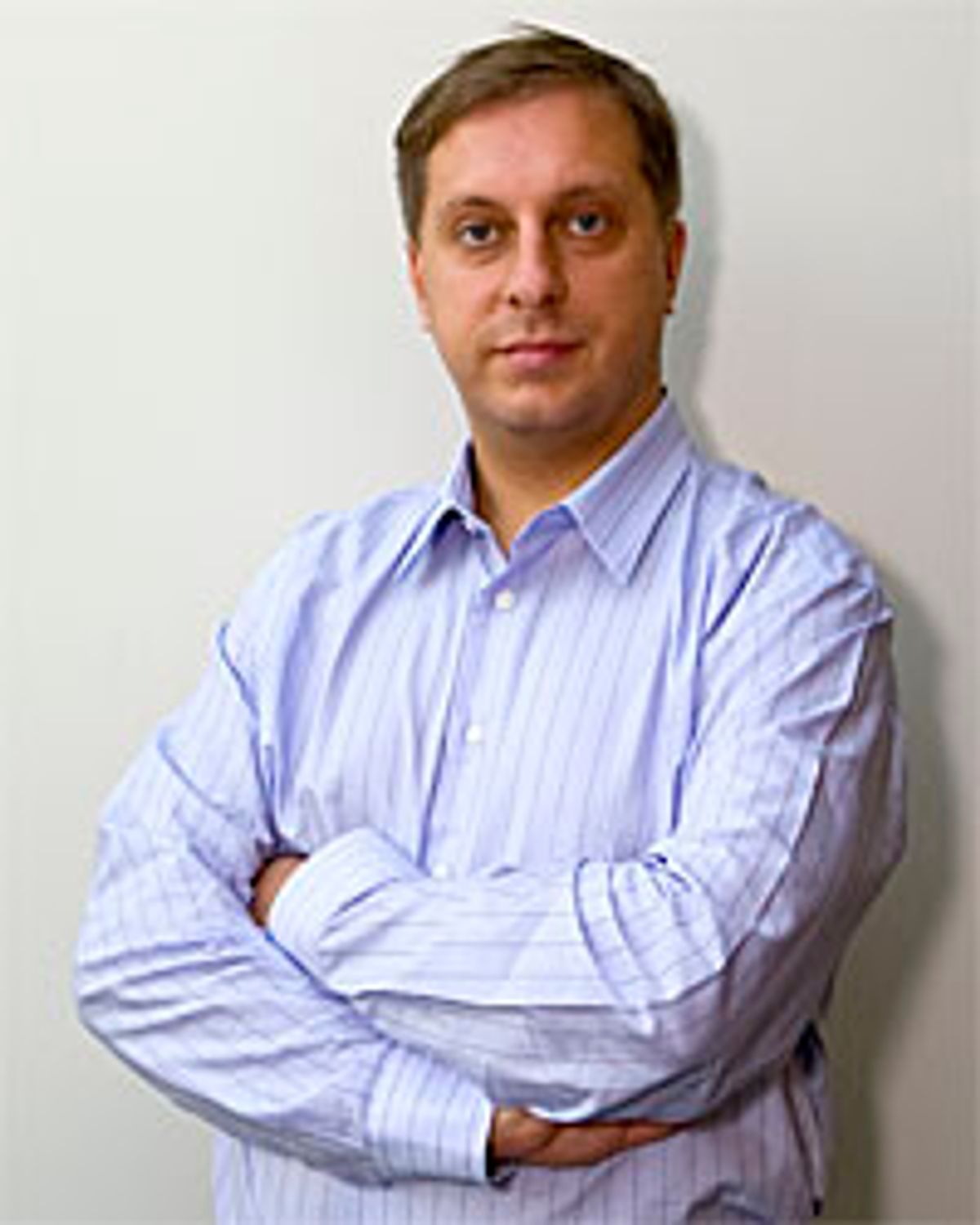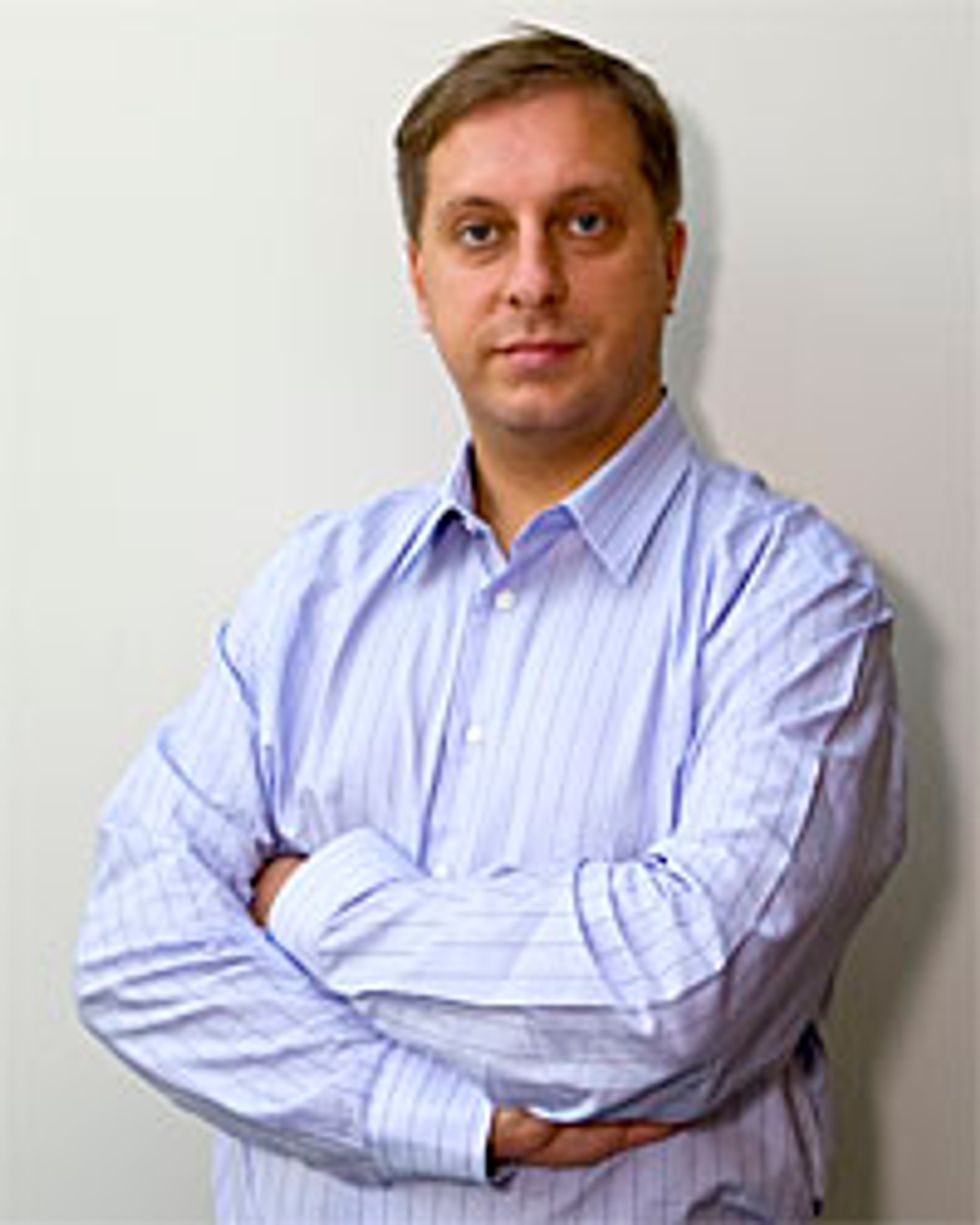23 September 2008—Asked how it felt to be a certified genius, Marin Soljačić laughed, ”What, did I just grow a second head?”
No, it’s just that his head’s in two fields at once—electrical engineering and physics. That polyvirtuosity may have helped the MIT professor win one of the 25 fellowships announced today by the John D. and Catherine T. MacArthur Foundation. These so-called genius grants, each worth US $500 000 over five years, are meant to encourage creative people to pursue projects that conventional funding agencies would reject as risky.
Soljačić says he originally assumed that the award was for his most publicized achievement, the wireless transmission of power, or WiTricity. He conceived it in 2006 and demonstrated it a year later by funneling 60 watts over 2 meters at 40 percent efficiency. The capability is of course tailor-made for mobile electronics; indeed, just last month Intel said it was modifying a laptop to accept wireless power.
”But the head of the MacArthur Foundation told me, ’No, it’s not for that single thing—we don’t award that way,’” says Soljačić. In fact, the first of Soljačić’s achievements to catch the foundation’s eye came in 2000, when he made a marvelous discovery in nonlinear optics. (It’s called nonlinear because it involves the way light interacts with a medium to change the way that medium transmits light.)
He showed that a laser beam could in principle interact with itself even in a vacuum , by creating evanescent pairs of virtual particles—say, a virtual electron and a virtual positron. ”They’re kind of there, so you have matter, and the moment you have matter, you have nonlinearities,” Soljačić says.
The beam can thus create its own waveguide, a self-focusing effect that keeps it from spreading out as it propagates. ”We’re close to having lasers powerful enough to scientifically demonstrate this theory,” he says. ”But to shoot a beam from here to Jupiter would need a much more powerful beam.” He adds that it could take 200 years, before anybody makes one.
Wireless power, though, is already well within the bounds of an engineering problem—a good thing, too, given the explosion in battery-powered devices. ”In the U.S. alone, 3 billion batteries are sold every year, and almost all end up in landfills,” Soljačić notes.
He tunes a transmitter and a receiver so that their electromagnetic fields resonate in a ”strong coupling,” like two pendulums that swing in step. Such a coupling is exceptionally efficient at transmitting power. Fortunately, nonresonating objects, like human bodies, are not.
The resonating area would encompass just a few meters, like a Wi-Fi hotspot. Users could charge their batteries bit by bit, first in one hotspot, then in another, without ever turning off their mobile devices.
A lot of MacArthur Fellows use their newfound wealth to pull up stakes, but not Soljačić: ”I like MIT, and I will stay.” He has reason to like the place. As a high-school student in war-torn Croatia, he sent in a what-the-heck application and was flabbergasted not only to be accepted, but with an all-expenses-paid scholarship to boot.
He double-majored in physics and electrical engineering, moved to Princeton to pursue a Ph.D. in physics, and returned to MIT to do research in an EE lab. Now he works in the department of physics. ”I’m on the border between physics and EE.”

